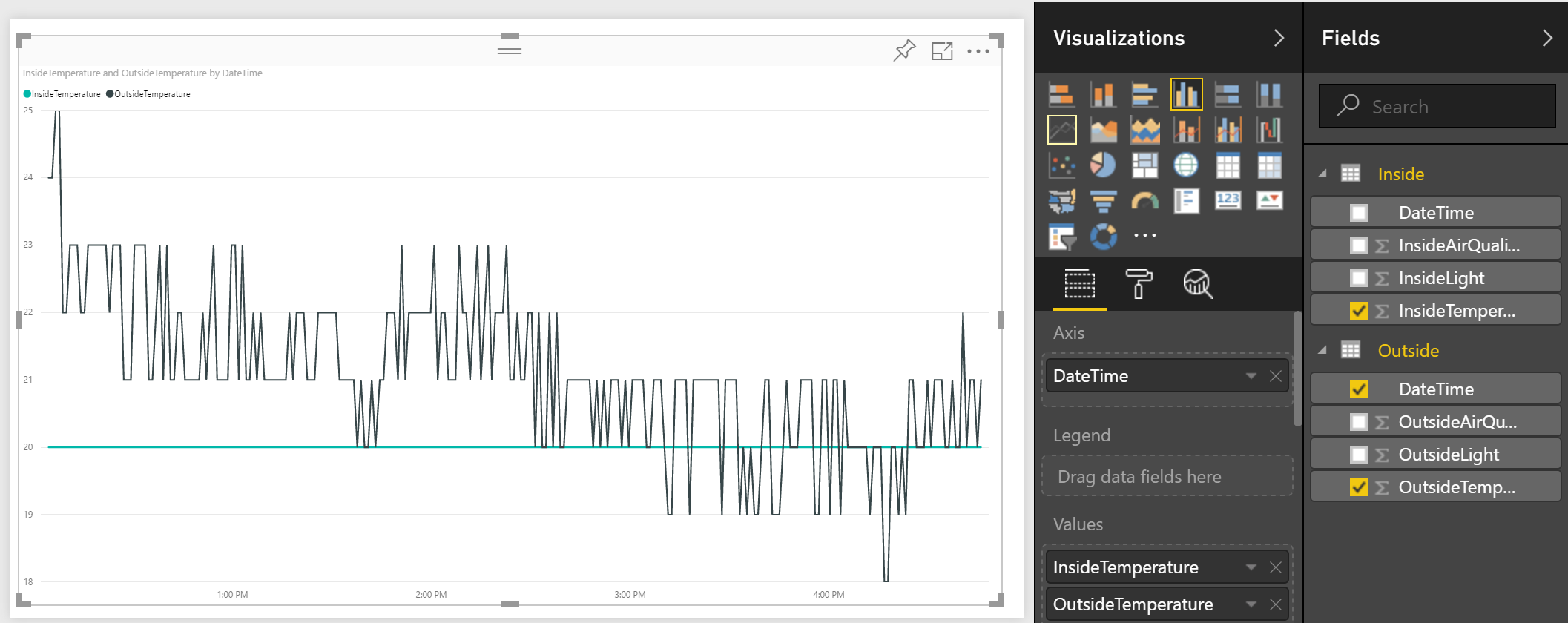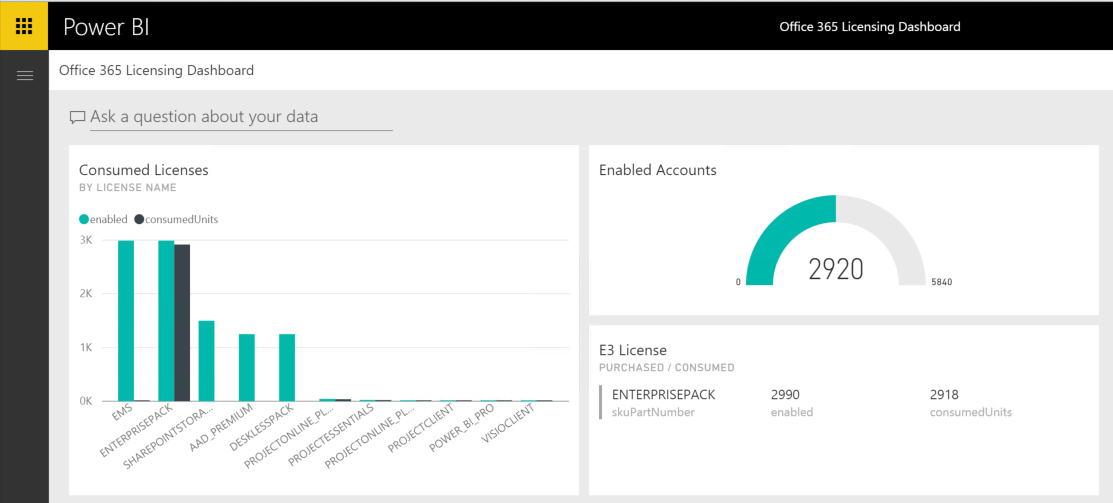Create a new Active Directory Forest using Desired State Configuration
Originally posted on Nivlesh’s blog @ nivleshc.wordpress.com
Desired State Configuration (DSC) is a declarative language in which you state “what” you want done instead of going into the nitty gritty level to describe exactly how to get it done. Jeffrey Snover (the inventor of PowerShell) quotes Jean-Luc Picard from Star Trek: The Next Generation to describe DSC – it tells the servers to “Make it so”.
In this blog, I will show you how to use DSC to create a brand new Active Directory Forest.… [Keep reading] “Create a new Active Directory Forest using Desired State Configuration”



